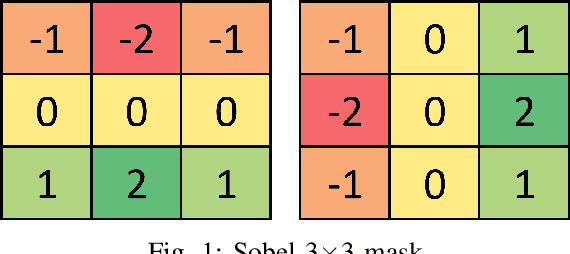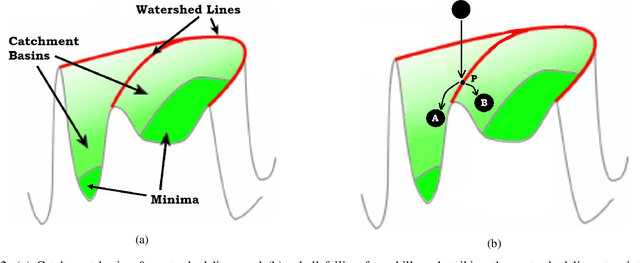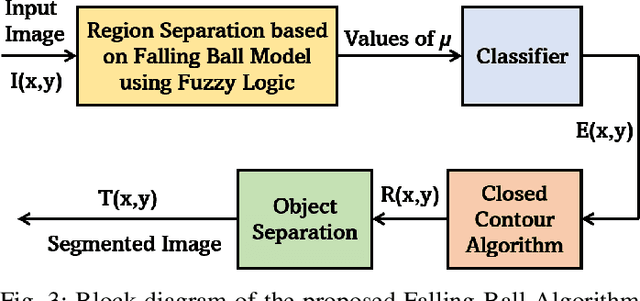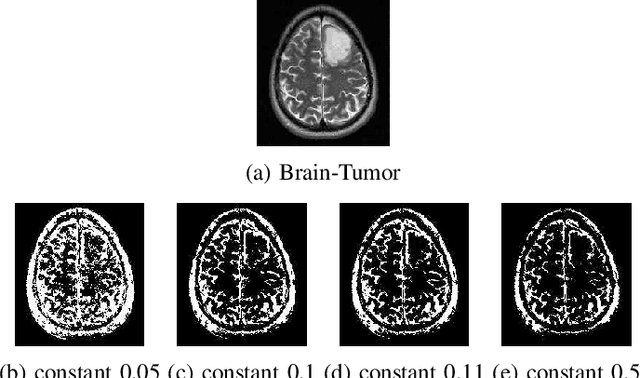Ekram Khan
Frequency-domain Blind Quality Assessment of Blurred and Blocking-artefact Images using Gaussian Process Regression model
Mar 05, 2023Abstract:Most of the standard image and video codecs are block-based and depending upon the compression ratio the compressed images/videos suffer from different distortions. At low ratios, blurriness is observed and as compression increases blocking artifacts occur. Generally, in order to reduce blockiness, images are low-pass filtered which leads to more blurriness. Also, in bokeh mode images they are commonly seen: blurriness as a result of intentional blurred background while blocking artifact and global blurriness arising due to compression. Therefore, such visual media suffer from both blockiness and blurriness distortions. Along with this, noise is also commonly encountered distortion. Most of the existing works on quality assessment quantify these distortions individually. This paper proposes a methodology to blindly measure overall quality of an image suffering from these distortions, individually as well as jointly. This is achieved by considering the sum of absolute values of low and high-frequency Discrete Frequency Transform (DFT) coefficients defined as sum magnitudes. The number of blocks lying in specific ranges of sum magnitudes including zero-valued AC coefficients and mean of 100 maximum and 100 minimum values of these sum magnitudes are used as feature vectors. These features are then fed to the Machine Learning (ML) based Gaussian Process Regression (GPR) model, which quantifies the image quality. The simulation results show that the proposed method can estimate the quality of images distorted with the blockiness, blurriness, noise and their combinations. It is relatively fast compared to many state-of-art methods, and therefore is suitable for real-time quality monitoring applications.
A Novel Falling-Ball Algorithm for Image Segmentation
May 12, 2021



Abstract:Image segmentation refers to the separation of objects from the background, and has been one of the most challenging aspects of digital image processing. Practically it is impossible to design a segmentation algorithm which has 100% accuracy, and therefore numerous segmentation techniques have been proposed in the literature, each with certain limitations. In this paper, a novel Falling-Ball algorithm is presented, which is a region-based segmentation algorithm, and an alternative to watershed transform (based on waterfall model). The proposed algorithm detects the catchment basins by assuming that a ball falling from hilly terrains will stop in a catchment basin. Once catchment basins are identified, the association of each pixel with one of the catchment basin is obtained using multi-criterion fuzzy logic. Edges are constructed by dividing image into different catchment basins with the help of a membership function. Finally closed contour algorithm is applied to find closed regions and objects within closed regions are segmented using intensity information. The performance of the proposed algorithm is evaluated both objectively as well as subjectively. Simulation results show that the proposed algorithms gives superior performance over conventional Sobel edge detection methods and the watershed segmentation algorithm. For comparative analysis, various comparison methods are used for demonstrating the superiority of proposed methods over existing segmentation methods.
 Add to Chrome
Add to Chrome Add to Firefox
Add to Firefox Add to Edge
Add to Edge